Ancient news stories
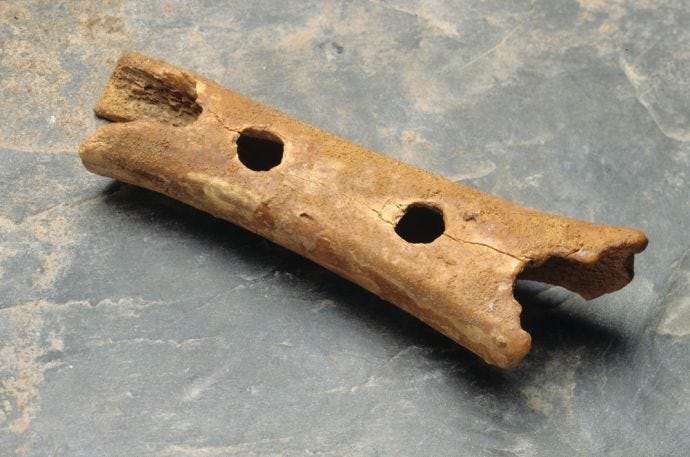
A fifty-thousand-year-old bone flute changes perceptions of an ancestor and explains why music is a powerful force.
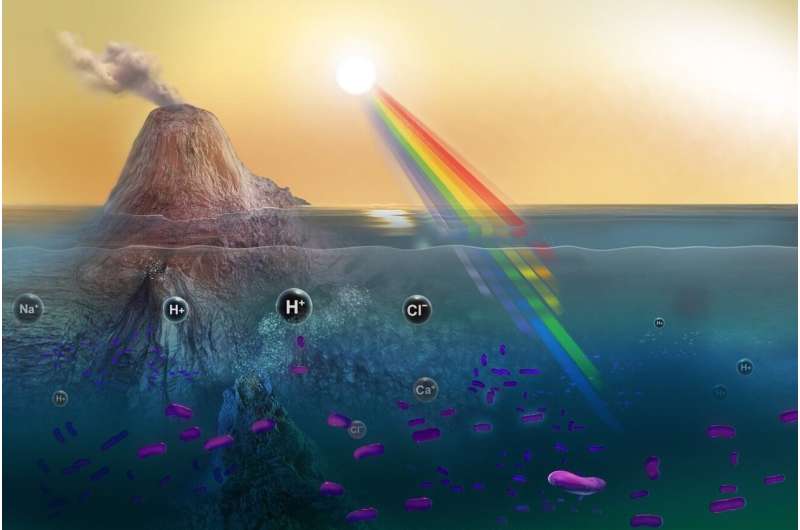
Using light-capturing proteins in living microbes, scientists have reconstructed what life was like for some of Earth’s earliest organisms. These efforts could help us recognize signs of life on other planets, whose atmospheres may more closely resemble our pre-oxygen planet.

A first-of-its-kind study published in the journal Icarus investigates this phenomenon on Mars. Looking at the planet, researchers have discovered hundreds of craters that likely resulted from the impacts of a binary system, where one asteroid orbits another, like the moon orbits Earth.
Image from ESA & MPS for OSIRIS Team (Wiki Commons)
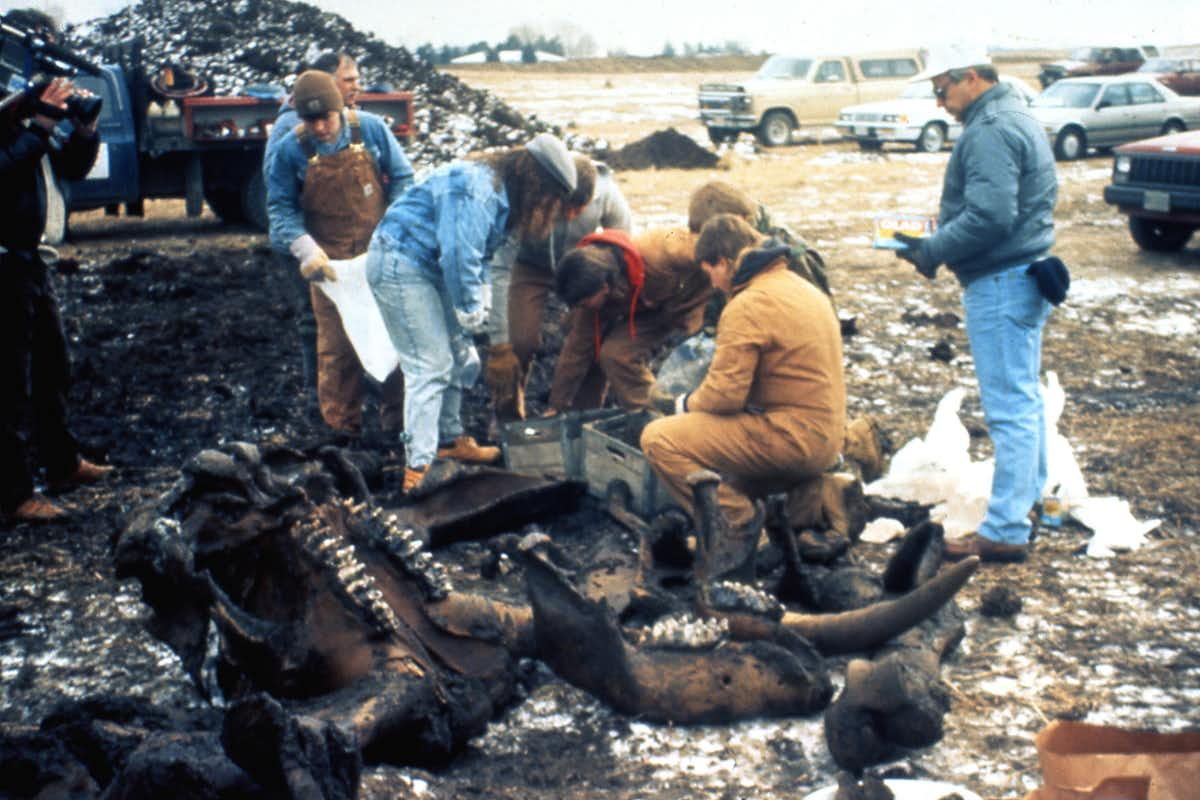
We know that the Earth has had at least five major ice ages. The first one happened about 2 billion years ago and lasted about 300 million years. The most recent one started about 2.6 million years ago, and in fact, we are still technically in it.
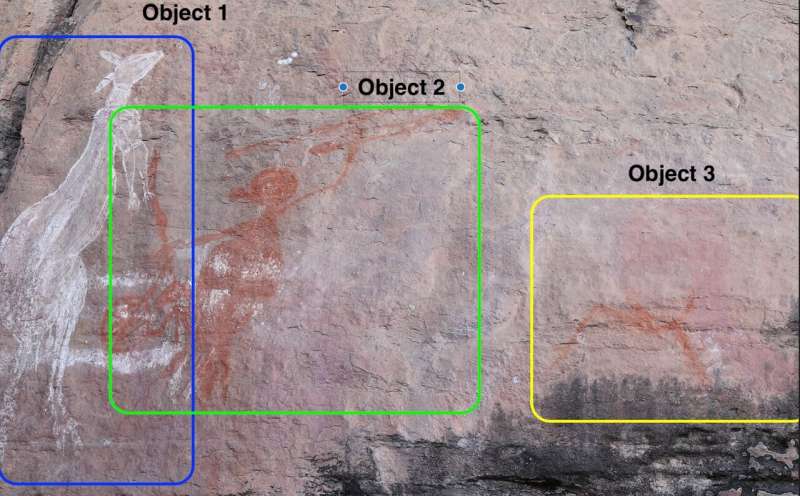
Researchers have developed a way to detect the presence of rock art in remote, hard-to-reach areas in Australia’s rugged landscapes using Machine Learning (ML) methods.

Fossils of early human ancestors from a South African cave are 3.4 million to 3.6 million years old — making them a million years older than previously suspected and shaking up the way researchers understand human origins and evolution.
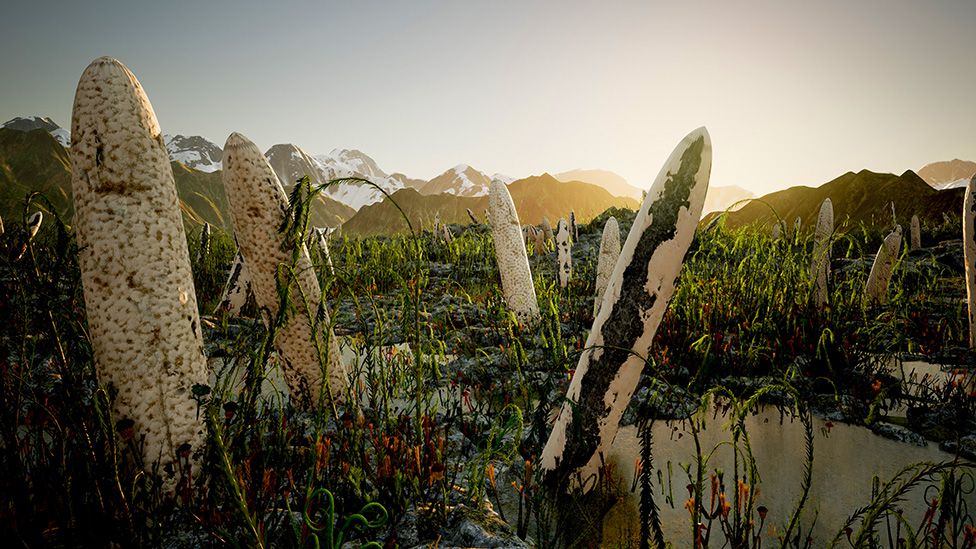
The oldest evidence of wildfire has been identified in South Wales.It takes the form of some truly ancient, charred remnants trapped in some truly ancient mudstone.

Hidden passageways used by ancient Andean culture opened for the first time in 3,000 years.

It was a young miner, digging through the northern Canadian permafrost in the seemingly aptly named Eureka Creek, who sounded the alarm when his front-end loader struck something unexpected in the Klondike gold fields
/cloudfront-us-east-2.images.arcpublishing.com/reuters/MVMN7IQJGRPXVG7EQEG3L4X5BE.jpg)
Archaeologist Mate Parica was examining satellite images of Croatia’s coastline when he spotted something unusual.

Scientists have unearthed an Inca-era tomb under a home in the heart of Peru’s capital, Lima, a burial believed to hold remains wrapped in cloth alongside ceramics and fine ornaments.
An unpublished report obtained has outlined the cultural and archaeological significance of Kokatha Aboriginal sites that were discovered in a military testing range in South Australia.
Image from: en.wikipedia (Wiki Commons)
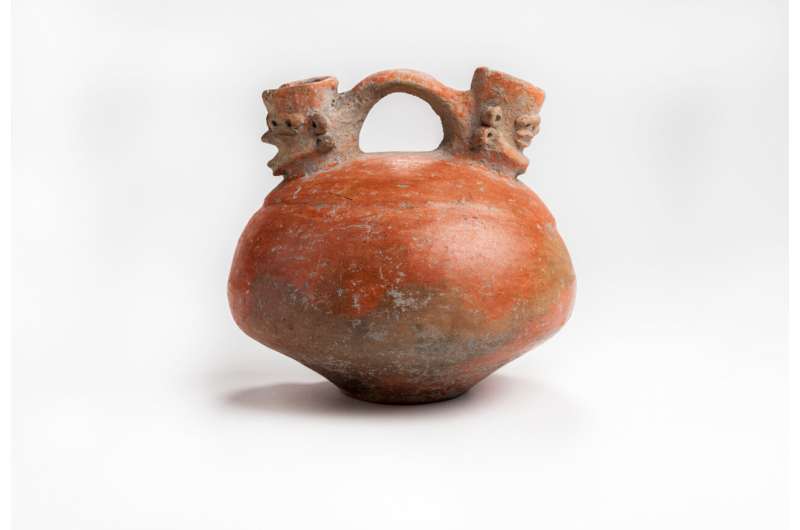
With some 7,000 islands and cays and a 7,000-year history of human habitation, the Caribbean Sea is practically synonymous with maritime travel.
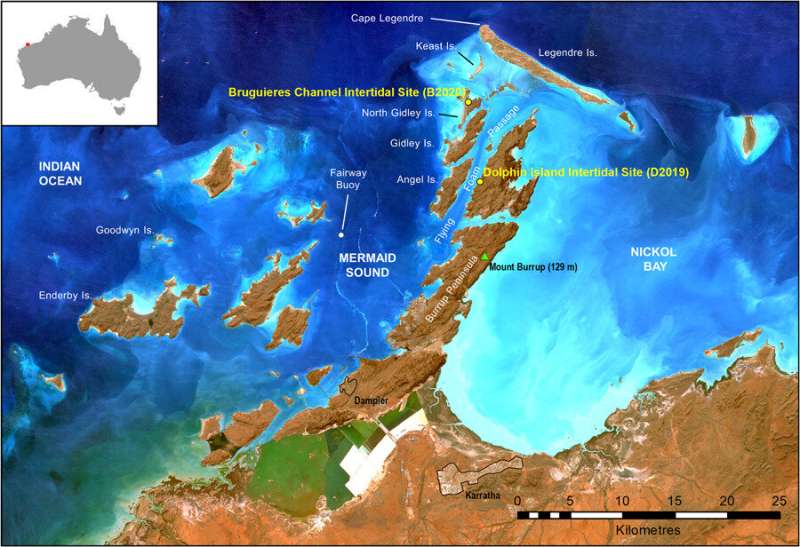
“It remains untested how old the artifacts are—they could be 200 years old, 2,000 years old or 20,000 years old—it is completely unknown at this stage,”

Kent was home to some of Britain’s earliest humans, according to the latest research. Homo heidelbergensis, an ancestor of Neanderthals, occupied the area around what is now Canterbury between 560,000 and 620,000 years ago.
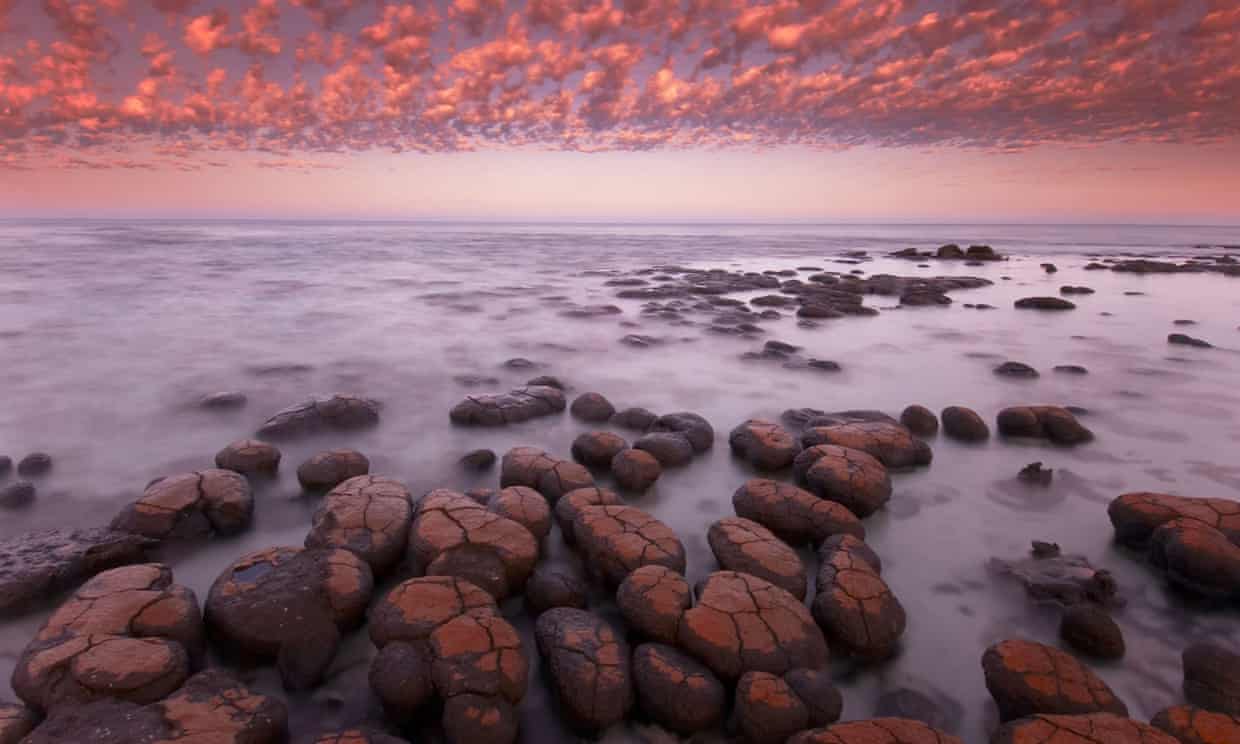
The Sun shone 20% less brightly on early Earth, and yet fossil evidence shows that our planet had warm shallow seas where stromatolites – microbial mats – thrived.








